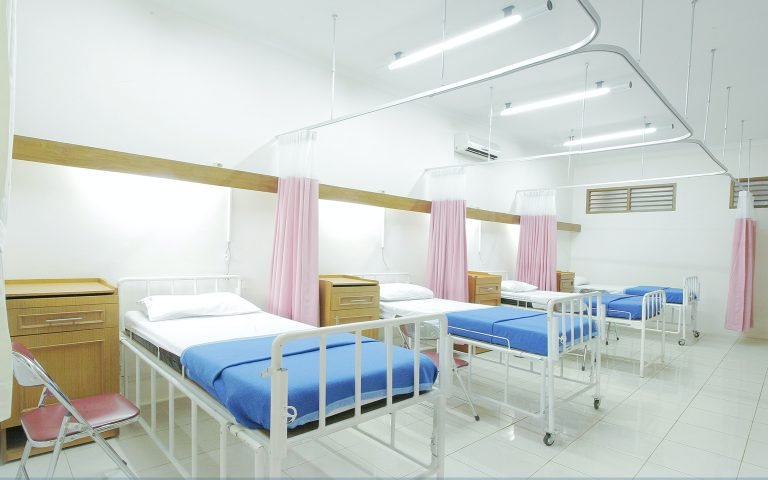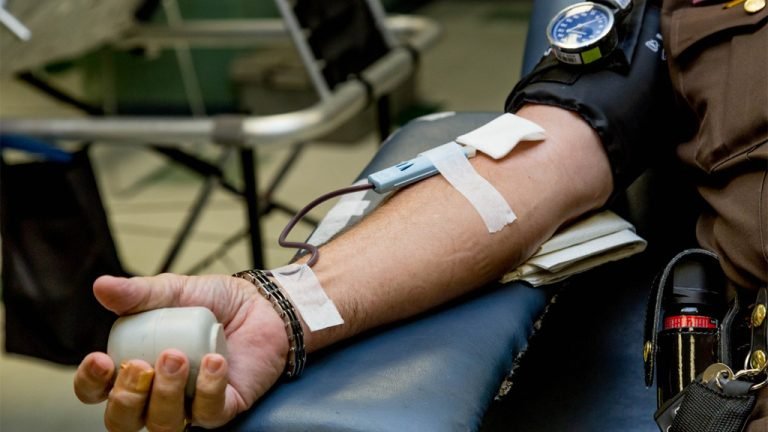A rapidly expanding industry in India is medical tourism. It was projected that India’s medical tourism market will be worth $5–6 billion by the middle of the year 2020. In 2017, there were495,056 people who travelled to India in search of medical treatment. The majority of medical tourists who visited India in 2019 came from Southeast Asia, the Middle East, Africa, and the SAARC area, according to a study that was published in 2019 by the Federation of Indian Chambers of Commerce and Industry and Ernst & Young.
A sizeable number of people seeking medical treatment go to India from other countries, including the United States, Canada, China, Russia, the United Kingdom, and Australia. It is well recognised across India that Chennai is the country’s foremost centre for medical research and practise.In February of 2019, the government amended its e-tourism VISA regime to include medical visas. This was done with the intention of encouraging applications and making the travel procedure simpler for medical tourists. Under the terms of this visa, you are only permitted to stay for a maximum of six months. [4] Since the 30th of August 2019, foreigners are no longer need to get a medical visa in order to undergo any medical treatment in India, with the exception of organ transplants.
This ancient culture had the ability to completely tap into the potential of their wellness systems, which had been built over the course of generations of learning. This is being accomplished through establishing India as a centre for many forms of alternative medicine, including Ayurveda, Yoga, Sidha, Naturopathy, and so on, in addition to the spiritual philosophy that has always been an essential part of the Indian wayof life.A set of wellness tourism guidelines has been created by the Ministry of Tourism. These recommendations cover concerns with the availability of high-quality promotional material, training and capacity building for service providers, participationin international and local events linked to wellness, and other relevant topics.
The proliferation of wellness centres around the country has prompted an increased focus on the need of providing high-quality service. The National Board for Accreditation of Hospitals and Healthcare Services (NABH) developed the Guidelines for Accreditation of Wellness Centers in consultation with AYUSH.
These guidelines were made public on February 15, 2011, during a workshop on wellness tourism that was organised by the Ministry of Tourism.In addition to this, the Market Development Assistance (MDA) programme run by the Ministry of Tourism has been opened up to wellness tourism service providers, such as wellness facilities that have been accredited. At this time, wellnessestablishments that have been granted accreditation by state tourism departments are eligible for the MDA as well. After the NABH accreditation requirements have been implemented, all wellness facilities that are interested in MDA will be required to be as similar to the NABH accreditation guidelines as is reasonably achievable.The Ministry of Tourism, together with collaboration with Wellness Tourism Service Providers, State Governments, and other stakeholders, has been a major driver of the movement to accredit wellness centres by NABH and AYUSH. This programme was mostly led by the Ministry of Tourism.
To read full article Please visit the journal:
https://resmilitaris.net/menu-script/index.php/resmilitaris/article/view/3509/2752






